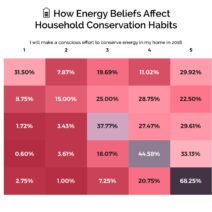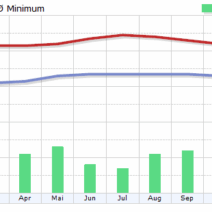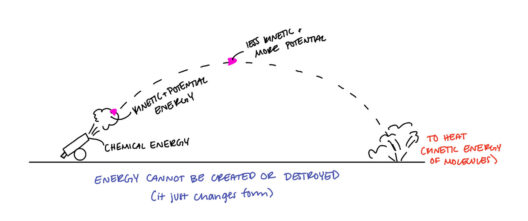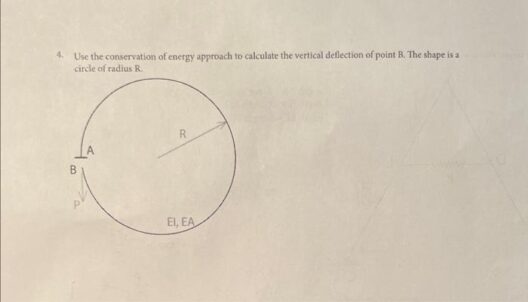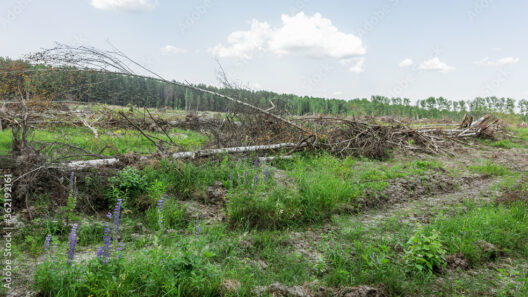Does Global Warming Make El Niño Worse? The Climatic Domino Effect
Picture a game of dominoes. One careful nudge can lead to a cascade, transforming a single action into an extensive chain reaction. In the context of our planet’s climate, understanding the impact of global warming on phenomena like El Niño feels strikingly similar. The nuance of this interplay reveals an intricate relationship that warrants examination, especially as El Niño events are often synonymous with extreme weather incidents. The pressing query arises: does global warming exacerbate these cycles, transforming mere fluctuations into catastrophic upheavals?
To grasp this relationship, we first need to dissect the mechanisms behind El Niño. El Niño represents a naturally occurring climate pattern characterized by the periodic warming of sea surface temperatures in the central and eastern Pacific Ocean. This anomaly disrupts global weather patterns and instigates significant changes, from torrential rains in some regions to devastating droughts in others. Historically, the frequency and intensity of El Niño events have varied, occurring every two to seven years. However, the looming specter of global warming adds a new layer of complexity.
Climate change—a term increasingly ingrained in our collective consciousness—refers to long-term shifts in temperatures and weather patterns, primarily driven by human activities, such as burning fossil fuels, deforestation, and industrial processes. These activities release substantial amounts of greenhouse gases into the atmosphere, leading to an augmented greenhouse effect. As the Earth’s temperature rises, so does the ocean’s temperature. Warmer oceans may amplify the intensity and frequency of El Niño events.
A fundamental characteristic of global warming is the shifting of long-established climate patterns. Evidence suggests that warmer ocean waters increase the likelihood of more intense El Niño phenomena, thereby heightening associated anomalies such as heavier rainfall, storm surges, and record temperatures in certain areas. The 1997–1998 El Niño event serves as a poignant example, which, while not solely a product of climate change, was intensified by the warmer ocean temperatures associated with the long-term warming trend. The result? Catastrophic flooding across South America and unprecedented droughts in Southeast Asia, showcasing the domino effect in real-time.
El Niño doesn’t act in isolation. It interacts dynamically with other climatic mechanisms, including the Pacific Decadal Oscillation (PDO) and the Atlantic Multidecadal Oscillation (AMO). Each component influences weather patterns, adding layers of unpredictability. For instance, a robust El Niño can significantly interact with jet streams, which serve as atmospheric highways for weather systems. The alterations to jet stream patterns can lead to unusual weather outcomes far removed from the Pacific Ocean’s border, affecting agricultural productivity halfway across the world. The interdependence of these systems is crucial, highlighting how one climatic event can initiate a series of unwelcome consequences.
An intriguing aspect to consider is the potential for a feedback loop established between El Niño events and climate change. The consequences of a severe El Niño—such as significant weather patterns inducing wildfires or flooding—can lead to increased carbon emissions, either through the destruction of carbon sinks like forests or through the burning of fossil fuels to combat resultant disasters. As these emissions further expedite global warming, the stage is set for even more intense El Niño patterns in subsequent cycles, propelling us toward a precarious equilibrium.
Meanwhile, not all El Niño events are created equal in the context of warming. The influence of climate change can produce a varied outcome. Some El Niño episodes may indeed become markedly more potent, while others may not exhibit as pronounced an intensification. This variability introduces a level of uncertainty that complicates predictions. Researchers utilizing climate models are tasked with elucidating these relationships. Their findings shape critical approaches to disaster preparedness and resource allocation, which become increasingly crucial in an era where climate extremes are becoming more commonplace.
The potentially exacerbating effects of global warming on El Niño patterns pose enormous challenges for global ecosystems and human societies alike. Agriculture—so finely tuned to usual weather patterns—faces existential threats. Crops that rely on predictable seasonal rains are particularly vulnerable, with shifts in timings inducing crop failures, food insecurity, and economic hardship. Coastal communities are also at the mercy of more intense cyclones, rising sea levels, and increasingly salty estuaries—an unsavory trifecta induced in part by the climatic shifts wrought by El Niño and global warming.
As we continue to grapple with the domino effects of climate change, it becomes imperative that we advocate for and implement measures to curtail greenhouse gas emissions. While it may appear overwhelming, proactive steps can mitigate future disasters. This might involve transitioning to renewable energy sources, enhancing agricultural resilience, and strengthening coastal defenses. Our collective actions can influence the trajectory of these climatic patterns, a chance to tip the balance toward sustainability, rather than accumulation of disaster.
In conclusion, the interplay between global warming and El Niño is no mere academic curiosity—it’s a pressing reality that influences weather across the globe. The cascading effects of these intensified climatic patterns demand attention and intervention. The question remains, however: can we, like skilled domino players, redirect a precarious situation into a path toward resilience? The answer lies in our response to the challenges ahead. With awareness, determination, and action, we may yet untangle the complexities forecast by our warming globe, safeguarding our future for generations to come.
